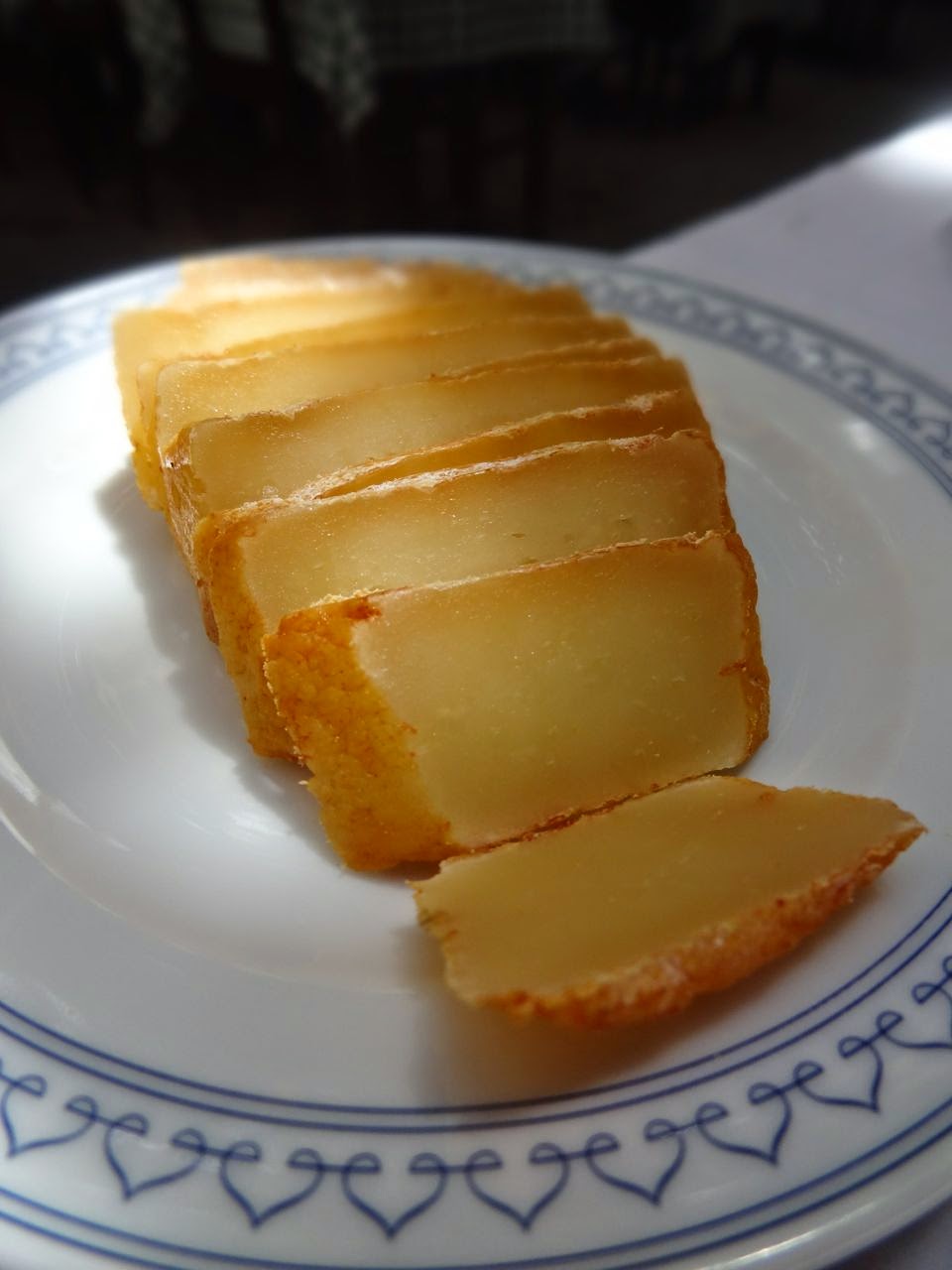A Medieval maze of cobblestone streets, tiny squares and breathtaking views, Alfama is the oldest neighbourhood and historical soul of Lisbon. As a result of its foundation of dense bedrock, the area survived the city's devastating 1755 earthquake largely intact, so a walk through the old-fashioned residential neighborhood is like stepping back in time. It's a village within a city still made up of narrow streets, tiny squares, charming churches, and quaint whitewashed houses with tile panels and wrought-iron balconies adorned with pots of flowers, drying laundry, and caged birds. Settled by the Romans and Visigoths, it was under the Moors that the city flourished and whose influence is still present in Alfama, the oldest existing district of Lisbon. Many placenames are derived from Arabic — Alfama for example, is derived from the Arabic "al-gamma".
Museu do Fado
Alfama is also one of the best neighborhoods to hear and feel fado — the voice of the Portuguese soul. It's also the location of the Museu do Fado, a museum entirely devoted to celebrating the history of Fado as an identifying symbol of Lisbon, through it's permanent exhibition of fine art, vintage musical instruments, soundtrack recordings and biography of artists who wrote, and are still writing Fado’s history. A tribute to Lisbon's musical soul, the museum is also perfectly located near Lautasco, a tiny traditional Portuguese restaurant tucked away in a cobblestone alleyway in the charismatic Alfama neighbourhood.
Perhaps the most famous Fado painting of all by José Malhoa
The Fado Museum has a gorgeous collection of guitarra,
the instrument played during authentic Fado performances
Original famous Fado records from the 1940's
Fado became part of the mainstream of Portuguese culture with the onset of television
Fado songs became standardized with lyrics reviewed and approved before being adopted into the Fado lexicon
Movie clips played iconic Fado scenes in a series of old movies
Equipped with head phones, two long murals highlighted famous Faddistas over the years, and turning the dial to each performer, visitors to the Museum could listen to the soulful 'ballads'
A traditional Portuguese restaurant tucked away in a quiet courtyard in Lisbon’s old district of Alfama is Restaurante Lautasco, the perfect spot for leisurely lunch in the sun or a romantic meal on a calm evening. Nestled under a canopy of leafy trees with a riot of colourful streamers suspended overhead, Latasco features classic Portuguese dishes from Grilled Sardines, Octopus, Prawns, Clams, Whitebait, Grouper, Cod as well as 'Carne' or meat dishes such as Veal, Pork, Rabbit and Steak. As always, there's a selection of appetizers that arrive as soon as you sit down, to whet your appetite for the delicious Portuguese fare to come.
Restaurante Lautasco De Alfama tucked away down a small 'bico'
The 'bico', or small Alfama alleyway, opens up into a bright and cheerful cobblestone courtyard
where wooden tables and chairs are set up for dining alfresco
Sagres is one of Lisbon's most popular beers and is served in it's iconic shaped glass
The menu is written on a chalkboard
A basket of fresh bread arrives as part of the usual amuse-bouche
A bowl of Portuguese olives
Grilled Octopus Salad
'Nisa' Cheese
Sliced Presunto black ham and melon
Ameijoas a Bulhoa Fato, clams in garlic and olive oil
There is more than just a little garlic in the Bulhoa Clams as you can see,
but it's soft and sweet
I'm always enamoured with the painterly appeal of a plate of empty shells
The appeal is also one of culinary satisfaction also!
Prawns with Garlic
Grilled Sardines with boiled potatoes — a quintessential Lisboa dish
The sardine is a symbol of Portugal, and understandably so — they're grilled to perfection
Grilled Pork Spareribs with chips
We enjoyed Lautasco so much, we went back twice while we were in Lisbon,
and were treated like family by our fabulous server
As we bade a fond farewell to Lautasco after a delicious lunch, we wound our way through the Alfama to the Sé Cathedral
Small winding cobblestone alleyways weave throughout the Alfama
Many families still work and live in the Alfama
The Sé Cathedral
The interior of the cathedral
The beautiful painted ceiling and interior finishings
A quiet moment for one of the Alfama ladies who frequent the Sé
One of the Cathedral's stained glass windows comes alive with the bright Lisbon light
A city of trams, the '28' travels through the Alfama, up to the Castello and out to Belem
One can't possibly miss a visit to the Conserveria de Lisboa, located at the foot of the Alfama behind Praça do Comércio. Founded in 1930, the shop is stocked with tinned food of all sorts, from anchovies to tuna which, which with their vintage packaging, make excellent gifts that are both delicious and beautiful. And at the end of the day in the later afternoon, many stop for a quintessential Lisbon drink, of Ginjinha at Ginjinha Sem Rival. Sold for about €1 a shot, it's a sweet liquor made from the sour cherry-like ginja berry, sugar, and schnapps. The only choices are with or without berries — 'com' or 'sen elas'. In Portugal when someone is impressed by the taste of something, they say, "Sabe melhor que nem ginjas" — It tastes even better than ginjinha!
Conserveira de Lisboa
Portugals's beautiful packaging for canned sardines, mussels, tuna and so much more
Much prettier and less busy is 'Silva & Feijo' across the street fro the 'Conserveira'
Lisbon's famous Queijo cheese, presento ham and more
The perfect gift to take back — flavour and packaging panache
Lisbon is the world's top producer of cork!
Ginjinha Sem Rival, the famous shop near our hotel that sells the popular cherry liquor Ginjinha
With beautiful labels and a subtle sweet liquor, it's no wonder the shop is busy all day!
A fine finish to yet another glorious day in Lisbon














































No comments:
Post a Comment